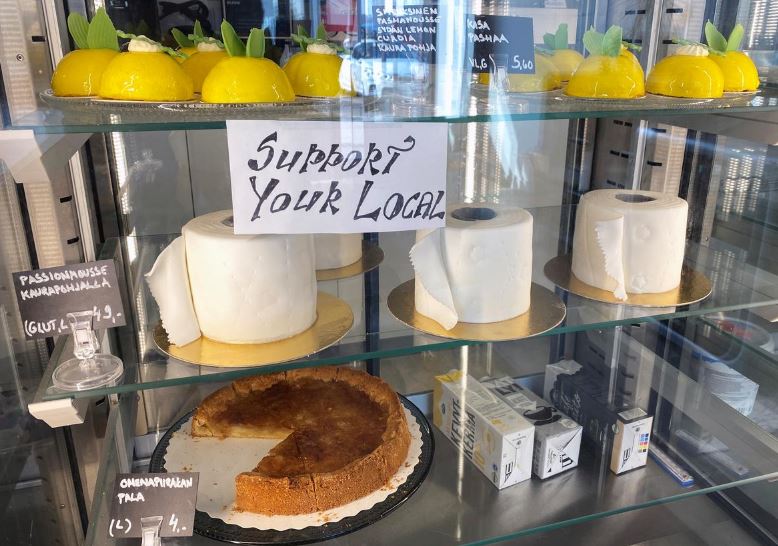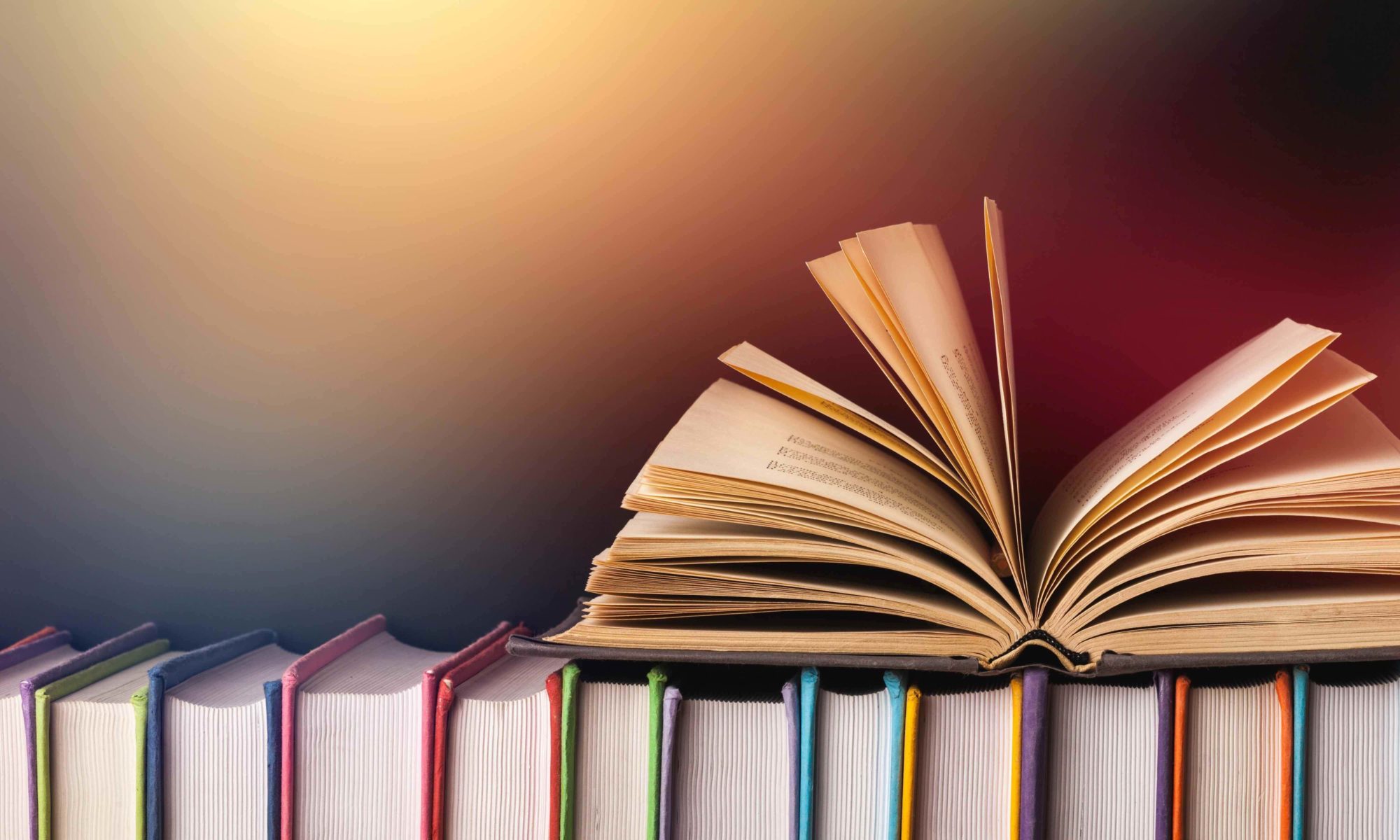
If you feel every day is like a Groundhog Day under the COVID-19 stay home order, you’re not the only one. I’ve been telling my friends that the garbage truck comes twice a week in my neighborhood to collect trash. That’s how I anchor myself to the day of the week. Instead of having a window view of an empty parking lot all to myself during the day, I’m now writing at home with a view of a parking lot filled with cars every day.
This is an unusual Easter. Let’s not get used to this new normal where the Internet and online activities are penetrating every aspect of our life. The spring is outside. The hens are laying eggs as usual, no day-off!
This is an unexpected change of routines for many people. Let’s take it as godsend bliss. We spend more time with immediate family members now. We discover what we don’t know in the household or reacquaint ourselves with what we know. We may understand the deeper meaning of “Home Sweet Home” as we live in it.
This is an untedious period of learning. We learn to love and relove a hobby or a living thing. We reflect on what we had and did pre-lockdown to allow us to cherish our life and respect for others. Our Planet is celebrating the 50th Earth Day on April 22 merrily, because after a very long time living things—other than humans—can now breathe the fresher air, sing in a quieter common land, and frolic in clearer waters. Villagers in northern Punjab India can see the Himalayas clearly for the first time in almost 30 years due to the clearer air because of India’s lockdown.
To break my cabin fever, I’ve done something different this Easter weekend at home. I tune into the sound of coronavirus (click here to sample), which is a nearly two-hours of pure music consisting of chime bells, twanging strings and lilting flutes. MIT scientists have translated coronavirus protein structure into music to find sites on the protein where antibodies or drugs might be able to bind. This is a new technique called sonification. Scientists assigned each amino acid a unique note in a musical scale, converting the entire protein into a preliminary musical score. While listening to the soothing sounds representing the coronavirus spike protein, I doubt the virus is that spiky. The sounds aren’t pitchy to me at all. I can easily fall into my auditory hallucinations. So to stay sober I change the music channel to this ensemble by 45 French musicians singing from their homes the famous 60s oldie “La Tendresse.” The song was first sung by French comedian and singer Bourvil in 1963. Be sure to watch the scene in which Aurélien Merle in Augères-Bourgogne used several rolls of toilet paper as his props.
For weeks, I’ve been looking for an explanation to satisfy my bewilderment that why toilet paper is one of the most-wanted items for people to stock up, especially in the West. (Chinese people were queuing for masks at pharmacies as the epidemic news broke.)
It’s been weeks now (at least during my rare visits) in my local stores that shelves for paper towels and toilet paper are empty. I was surprised to see the last toilet paper package in my recent hunt for essential goods. Standing on the shelf was the one-and-only six-roll item. It cost more than six dollars, pre-taxed. If my father were with me, he’d convert the US dollars into RMB, the Chinese currency. “OMG!” He’d most likely scream and said, “Nearly fifty yuan for six rolls of toilet paper!” With this amount of money, one can have three meals at a noodle shop in Guangzhou, China.
What makes us no different from one another regardless of nationalities and races is in the face of a pandemic, we see panic buying everywhere in the North or South Hemisphere, Eastern or Western world. Toilet paper is a must-have. I come across this article from the World Economic Forum and it’s given me food for thought. As Niki Edwards from Queensland University of Technology said, “Toilet paper symbolizes control.” To maintain control in an uncertain time, amassing toilet paper satisfies our mental need of maintaining control over hygiene and cleanliness.
I’m amused by Brian Cook from University of Melbourne’s view that the bulky toilet paper can provide visual contentment to panicky mortals. By looking at the toilet paper stockup in our home storage, we can tell ourselves that we’re doing something and we’re protected in the abnormal time when we feel at risk. And Alex Russell from Central Queensland University believed that nothing can substitute for toilet paper in terms of its functionality. In my sustainability study, I’ve learned about fungibility, an economic term meaning the ability of a good or asset to be interchanged with other individual goods or assets of the same type.
So dear reader, if you want to make a difference for our Planet, buy or stock up, if you will, eco-toilet paper, which as its name suggests, is made out of recycled materials. I remember in the 80s and 90s companies were discussing how to reduce overhead expenses by introducing a paperless office. Now we’re more paperless than not because of emails, smart phones and cloud computing. I haven’t seen a way out yet to a paperless bathroom. However, if you’re smartly swerving to eco-toilet paper, such as Ecoleaf, Essential, Traidcraft and Who Gives A Crap (the recycled paper version), we can do our parts to reduce deforestation. Forests, like those that were burnt in California and Australia or cut down in the Amazon and East Africa, are the Planet’s lungs to absorb emissions.
If we have bad lungs, we’re unlikely to survive in the battle with novel coronavirus.
If the Planet has bad lungs, we’ll inhale as much bad air as all living things need.
If you become a toilet paper collector like Juli Gudehus from Germany, or a small business innovator like the owner at Ronttosrouva bakery from Finland who turns rolls of toilet paper into a cake design, you’ve made your 2020 spring an untedious one.
(Music “We’ll Meet Again” arise. Lights out.)
Wanna leave a comment? Click here.
